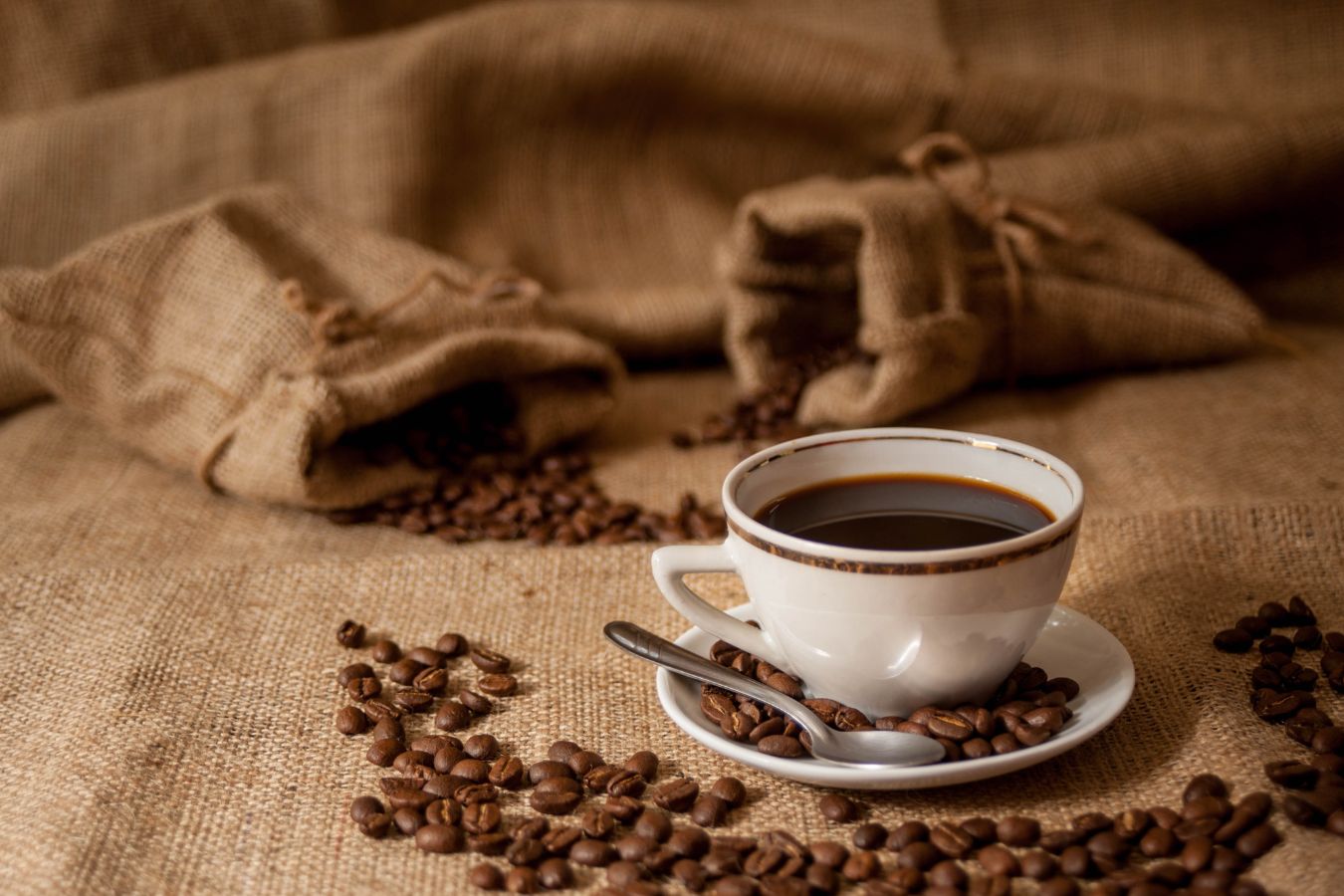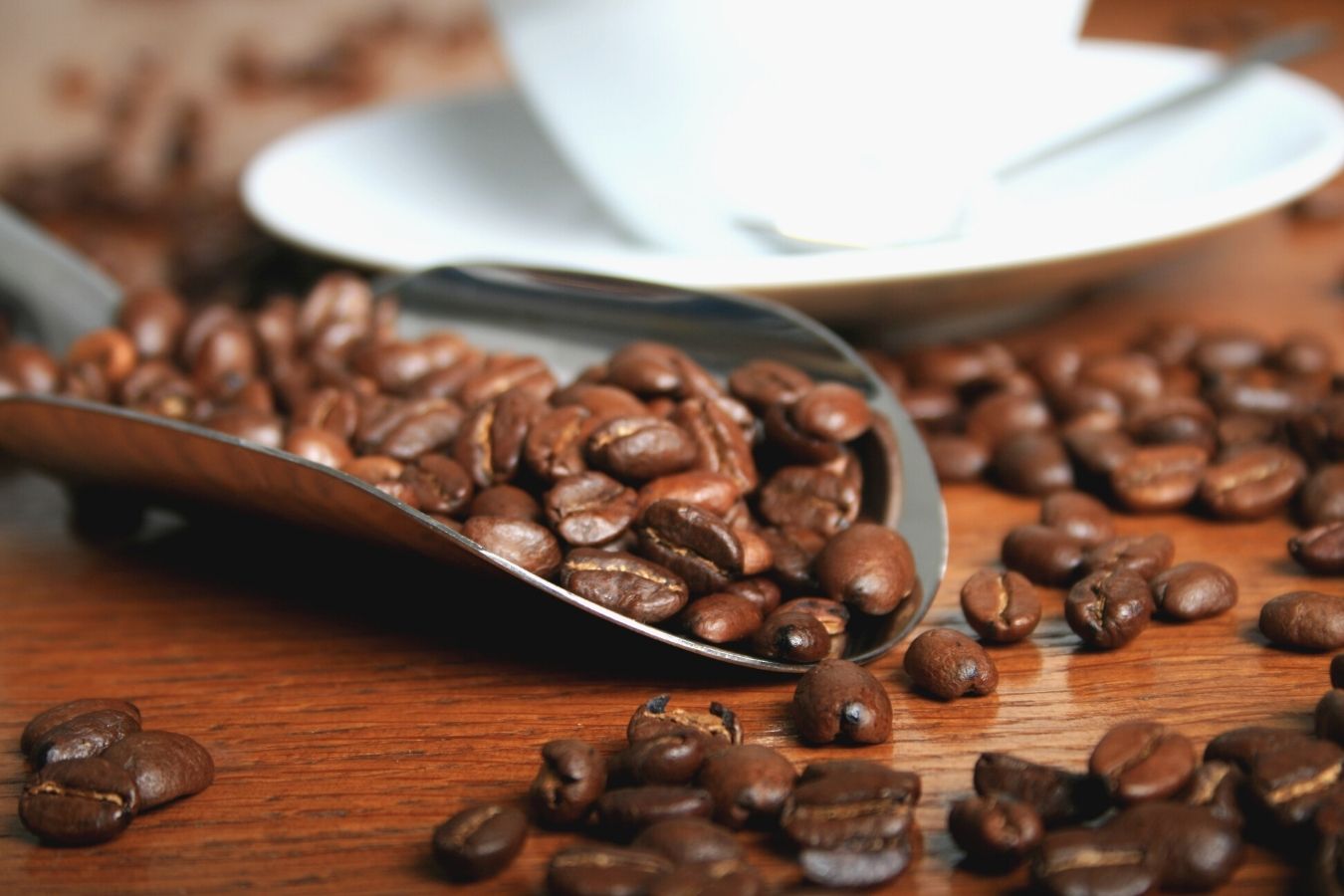
Coffee: Ways To Describe – You might imagine that when someone mentions “coffee flavour,” they’re referring to a certain, immediately recognizable characteristic. But the combination of five distinct flavours creates the complex and complementary flavour of the coffee. Which is the best way to describe coffee?
8 primary ways to describe coffee
Typically, coffee flavour is described in these eight categories.
- Acidity: Describes the acidity (liveliness and sharpness) of brewed coffee.
- Aftertaste: Describes the remaining flavour in the mouth, once the coffee is swallowed.
- Aroma: Describes the smell of brewed coffee. See more below – we include 63 words used to describe the coffee aroma.
- Body: The actual mouth feel of the coffee.
- Flavour: Describes the characteristics of taste. There are 28 specific words to describe the coffee flavour.
- Fragrance: Describes the smell of the ground coffee before brewing.
- Region: Describes the country and area where the beans were grown. Coffee terroir (soil and environment) directly affects coffee characteristics.
- Roast: There are 5 levels of coffee roast. They include white, light, medium, medium-dark, and dark. And they can be observed by visual, gustatory, and olfactory means.
Each of these eight categories has a set of words to further describe its unique characteristics.

What factor make coffee flavours?
Coffee might appear to be a one-ingredient drink. However, even if you do not add creamers or sweeteners, the complexities of coffee flavour are complex and intricate. Therefore, the type and quality of your coffee beans, in addition to the quality of your water, play an integral role in making the final product.
The flavour of coffee beans can be altered and affected by multiple components, including the growing and roasting processes.
Adding sugar, milk, or creamer, affects the coffee flavour after it has already been grown, harvested, roasted, turned into coffee grounds, and brewed into your morning cup. What remains consistent are the categories for dissecting and describing the coffee flavour profile.
8 words to describe the coffee aroma
Coffee usually has a very noticeable aroma, and it is one of the first things that you will notice before tasting the coffee. Here are eight of the best words to describe coffee aroma:
If you’ve never smelt caramel, it has a very sweet smell like candy or syrup. Here is one way that you can describe it:
Chocolaty coffee is also found under the sugar-browning category of coffee aromas. The result is a chocolate-like amora. The smell isn’t necessarily like the chocolate bars that you can buy on the shelf. In fact, the coffee can smell like unsweetened chocolate, cocoa, or even vanilla.
Citrus
Coffee aromas can also be enzymatic, meaning they are herbal, fruity, or flowery. A citrus coffee will smell like citrus fruits, such as lemon or fresh apples.
Floral
Fruity coffee aromas also fall under the enzymatic category. However, this doesn’t mean the coffee smells like tulips or lavender. Fruity coffees typically smell like coffee blossoms or tea roses. Here’s how you can say it: